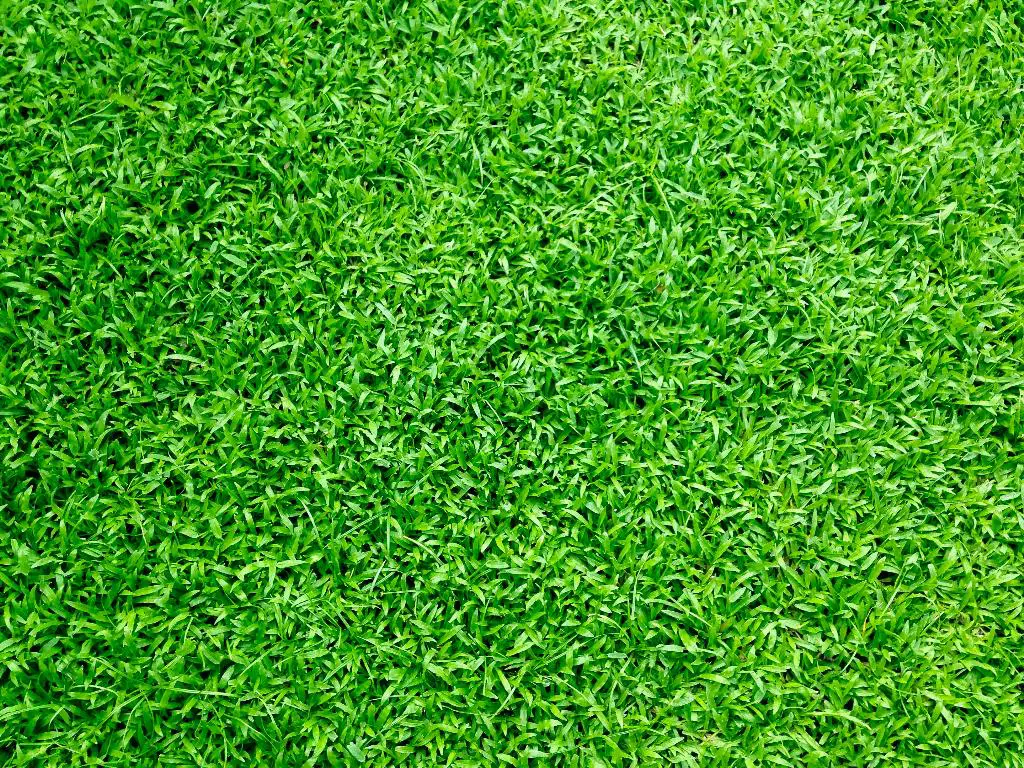Dealing with pesky crabgrass in your lawn can be a real hassle, but with the right approach, you can effectively eliminate this nuisance weed and restore the beauty of your lawn. Let’s explore some tried and tested methods to get rid of crabgrass once and for all.
Pull Out Crabgrass by Hand
One of the simplest and most straightforward ways to tackle crabgrass is by pulling it out manually. Grab a garden weeder tool designed specifically for removing crabgrass roots and carefully extract the clumps along with their roots from the soil. This method can be effective for small infestations.
Use Herbicides to Control Crabgrass
If you’re dealing with a more extensive crabgrass invasion, using herbicides specifically formulated to target crabgrass can be a viable solution. Make sure to follow the instructions carefully and apply the herbicide when the weeds are actively growing for optimal results.
Maintain Proper Lawn Care Practices
Prevention is key when it comes to crabgrass control. Maintaining a healthy lawn through regular mowing, watering, and fertilizing can help prevent crabgrass from taking root and spreading. Ensure that your lawn is well-nourished and properly cared for to create an environment where crabgrass struggles to thrive.
Consider Pre-emergent Herbicides
To stop crabgrass before it even germinates, consider using pre-emergent herbicides in the early spring. These products create a barrier in the soil that prevents crabgrass seeds from sprouting, effectively reducing the likelihood of an infestation later in the season.
Overseed Your Lawn
Thickening your lawn by overseeding can help crowd out crabgrass and other weeds, making it harder for them to establish themselves. Choose a high-quality grass seed that is well-suited to your region and overseed bare patches to promote a dense and healthy lawn that is less susceptible to weed invasions.
Improve Soil Health
Healthy soil is the foundation of a lush and thriving lawn. Test your soil to determine its nutrient levels and pH balance, and amend it as needed to create optimal growing conditions for your grass. By fostering healthy soil, you can create a stronger, more resilient lawn that is less attractive to crabgrass.
Practice Proper Watering Techniques
Overwatering your lawn can create a moist environment that favors the growth of crabgrass. Be mindful of your watering schedule and aim to water deeply but infrequently to encourage deep root growth in your grass. Avoid frequent, shallow watering that can promote weed growth and lead to a weaker lawn.
Consider Professional Lawn Care Services
If you find yourself struggling to combat a stubborn crabgrass infestation, consider enlisting the help of professional lawn care services. Lawn care experts can assess the extent of the problem, recommend tailored solutions, and provide ongoing maintenance to keep your lawn healthy and weed-free.
Monitor and Address Crabgrass Early
Timing is crucial when it comes to dealing with crabgrass. Keep a close eye on your lawn throughout the growing season and promptly address any signs of crabgrass growth. By taking swift action and targeting the weeds early on, you can prevent them from spreading and causing further damage to your lawn.
Implement Integrated Pest Management Strategies
Integrated Pest Management (IPM) involves using a combination of techniques to control pests, including weeds like crabgrass, while minimizing the use of chemicals. By adopting an IPM approach, you can create a sustainable and environmentally-friendly lawn care regimen that prioritizes long-term weed control and overall ecosystem health.
Stay Persistent and Diligent
Getting rid of crabgrass requires patience, persistence, and ongoing maintenance. Stay vigilant in your lawn care efforts, regularly inspecting your lawn for signs of crabgrass and taking proactive steps to keep it in check. With dedication and a proactive approach, you can successfully eliminate crabgrass and enjoy a lush, weed-free lawn.

